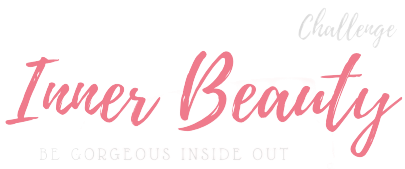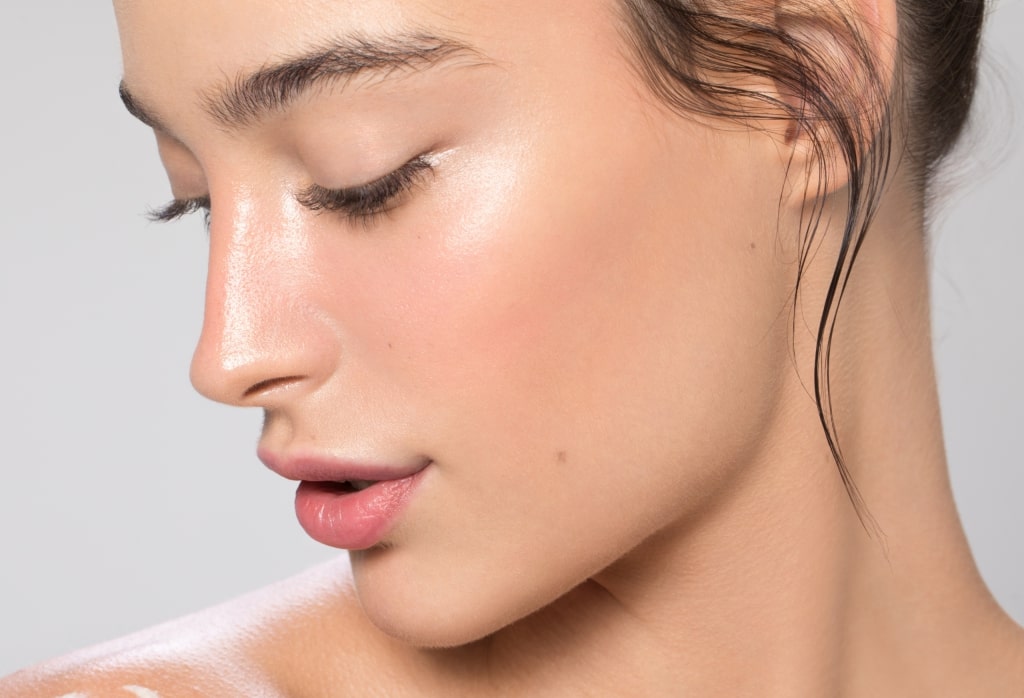Reduction rhinoplasty is a surgery that reduces the number of cartilage pads and shortens the hump over the bridge of a nose. The procedure can be done by skin grafting to take off extra skin.
Conditions that Rhinoplasty Can Correct
Table of Contents
Rhinoplasty can be used to fix several conditions:
• repair damage caused by infection or cancer
• correct congenital disabilities
• change the nasal tip
• correct a hump
• straighten the nose
Rhinoplasty has also been successfully used to fix facial mutilations in people who had accidents such as car crashes. The reasons why rhinoplasty is preferred over other methods include:
• it is fast and easy to perform
• the results are permanent and last a lifetime
• it can be performed on both men and women
• it gives you a confidence boost that will last forever
Things to Consider before having Rhinoplasty
1. Look for a Qualified Surgeon
If you are considering having rhinoplasty, you must consider the risks and benefits involved. If a plastic surgeon is renowned for good rhinoplasty results, you should consider him. Before deciding to go ahead with the surgery, you should also ensure that the surgeon is board certified.
2. Financial Costs
The cost of a rhinoplasty is higher because it is a complex procedure. A surgeon performs a skin graft and will likely require several sutures to hold everything together. You should research different surgeons to find one who will work on your budget but still offer quality results. You can do this by reading customer reviews on their websites.
3. Know the Truth About Complications
The truth is that any surgery can go wrong and result in complications. These complications can range from bad aftermath to disfigurement and even death. If you choose to have your nose reduced, you need to be sure that the surgeon has a proven track record of successful performance.
4. Recovery Time
The recovery time depends on the type of procedure performed. The surgeon will ensure that you are resting for a few days after the operation and not doing strenuous work. It is essential to consider your work routine to avoid inconveniences with the recovery time.
5. Finished Looks
Reduction rhinoplasty changes the appearance of your nose. It will reduce the size of your nasal openings and reshape the tip of your nose. The finished look is often cosmetically appealing but sometimes may result in an unexpected outcome.
How to Get Started with Reduction Rhinoplasty
The first step is to find a qualified surgeon to perform your reduction rhinoplasty. A consultation is necessary to determine the best surgical approach. A surgeon will thoroughly discuss what he thinks will be best for you.
What Does the Reduction Rhinoplasty Procedure Involve
A surgeon will begin with the incision. This can happen in either open or closed style. A closed rhinoplasty is done from the inside nostrils, and no scars will be visible. A surgeon can access the underlying cartilage and bone structure to shape the nose as required. In an external rhinoplasty, small incisions are done from the underside of the nostril, and visible scars can be seen. This approach is mainly used during the nasal tip change.
Anesthesia will be used during the procedure to numb your nose before cartilage removal is done. In closed rhinoplasty, the procedure can take several minutes to complete. A highly skilled surgeon is needed in this procedure because the nasal structure is not exposed, and the work is done through narrow nostril openings.
After the Reduction Rhinoplasty
The healing time for a reduction rhinoplasty procedure depends on the technique used by your surgeon. In a closed rhinoplasty, stitches are used to close any incisions, and a patient will be given a nose splint or cast to wear.
A nose splint will keep the nose straight to allow it to heal properly. It will be removed after about a week. It can cause swelling and pain until it heals completely. Whenever you are having surgery, the recovery time varies on each individual’s healing time and physical health.
What to Avoid after Reduction Rhinoplasty
There are certain things that you should avoid after surgery. Following your surgeon’s instructions is necessary, as it will help you heal faster. It is important to keep your stitches clean and dry. Avoid swimming or using hot tubs until the cast or splint is removed. Avoid rough physical activities such as sports, saunas, or hot steam rooms. You should also quit smoking at least two weeks before surgery and refrain from smoking until your wounds have fully healed.
Risks and Side Effects of Reduction Rhinoplasty
Surgical procedures may involve bleeding, blood clotting, infection, and even damage to the nasal structures. Side effects can include swelling and pain that can last for a few days after the surgery. Some patients also experience numbness or a change in sensation, breathing difficulties, and nose bleeds. Sometimes rhinoplasty may result in a poor outcome which may need rhinoplasty revision. Secondary surgery can be done to fix or improve any problems that may have occurred during the initial surgery.
Reduction Rhinoplasty Cost
The reduction of rhinoplasty costs may vary with regions and clinics. It also depends on the surgeon’s experience, reputation, and hospital standard. The fee is usually based on the procedure used. Closed rhinoplasty is more costly than open rhinoplasty.
What You’ll Look Like After reduction rhinoplasty
The results will depend on your expectations and your surgeon’s skills. The results will be evident immediately but gradually improve during the healing process.
Conclusion
Reduction Rhinoplasty is one of the most common surgeries performed today. It is a very effective procedure that helps to correct the appearance of the bump on your nose. It can help to create a more beautiful and appealing look that enhances your overall appearance. It improves the appearance and can help restore self-confidence in someone who suffers from a deformity on their nose.

